We have all had this coffee, yet we don’t talk about it.
Most of the world’s coffee production comes from a species of coffee plant called Coffea Arabica (about 70%). There are a lot of reasons why we love Arabica coffee so much. The specialty coffee industry has done a great job creating an image of superior coffee products using 100% Arabica beans. It’s easy to see how proud the coffee industry is when it comes to the production of Arabica coffee. Just look at any coffee shop branded coffee bag, think Starbucks or Dunkin. If you search the bag, you’re certain to find a little statement of assurance that the coffee in that bag is 100% Arabica.
The topic of different coffees has been covered in another one of our blog articles titled: “Get To Know The Coffee Basics.” Some of the information is a review, but we’re gonna dive a bit more into why you might care.
So, under the larger umbrella of Arabica coffees are different origins or varietals which is where you’ll find some common names like Sumatra, or our best seller single origin Burundi. Arabica coffee beans are revered for their depth of flavor, vast variety of flavors, bright acidity, and general pleasantness in a cup. The Arabica coffee cherries grow on a plant which requires more attention and care when grown, and is more susceptible to disease and other maladies. This requires much more time and experience to get the crop just right year after year. Each varietal requires special growing conditions, processing, roasting, and brewing techniques to bring out the best flavors. It’s easy to take all of it for granted, but when the entire process works as designed and you’re able to enjoy a great cup of coffee, it really is worth bragging about.
So if we’re all bragging about our 100% arabica beans, what coffee could the title of this article be referring to?
Robusta (Coffea Canephora)
Robusta coffee comprises about 30% of the world’s coffee production. This may seem like a pretty big chunk of the market for a coffee we don’t hear about. That’s because this coffee is around more than you think, people just don’t brag about it. You can typically find Robusta coffee in espresso and espresso blends, as a filler in some grocery store ground coffees, and as instant coffee products. We’re going to take a moment to examine why and how this coffee is used.
First and foremost, a short introduction. The Coffea Canephora plant is a cousin of the favored Coffea Arabica. Just to clarify, Robusta coffee comes from another species of the coffee plant. It’s important to understand that Robusta does not fall under the umbrella of Arabica. So how different can cousins be?
Robusta and Arabica Similarities
We’ll first discuss what these two coffees have in common. I love bullet points so we can make this short.
- They are coffee
- The “beans†are actually seeds from the coffee cherry, a fruit that grows on the coffee plant.
- They give us the caffeinated boost we need to get going in the morning.
- They must be roasted before brewing
There is always more to say, but that gets the point across. The difference between the two is where things get interesting.
Robusta Vs. Arabica
Let’s do the bullet point thing again, it was short it sweet. This time, here are the differences between the two coffees.
- Arabica beans are high in sugars and oils leading to a depth of flavor with lower bitterness and varying levels of acidity
- In contrast, Robusta beans have less sugars and oils, imparting a bitter flavor with less depth. The flavors also tend towards the heavier side with prominent cacao, dark cherry, and earthy tones.
- Arabica beans yield coffees with light to heavy body. Robusta beans give very heavy bodies to a cup of coffee.
- Perhaps most interestingly, Robusta beans have nearly double the caffeine as Arabica beans.
Of course, there is so much more to talk about here. Differences extend into shape, color, smell, and whatever else. If you are reading this you are a coffee consumer and likely don’t care that much, otherwise you can google it. This photo may help get the point across.
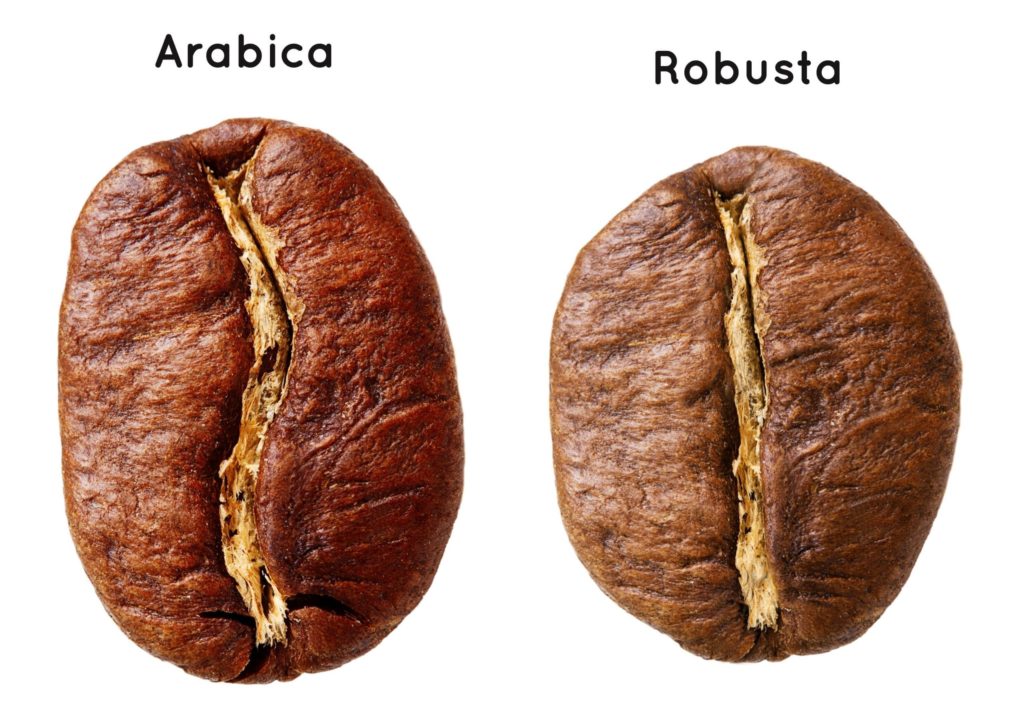
Putting it all Together
At this point, it may be difficult to guess how I actually feel about Robusta. Truth is, I love it. The entire team at Whole Body Coffee believes in coffee freedom. Drink coffee the way you like it most. For some people, they want to be blasted with caffeine, others want the darkest, heaviest, bitterest coffee you have, and I respect that. This coffee is a game changer for espresso. It’s large body contributes largely to the desirable layer of foam (called crema) on top of a shot of espresso. It offers so many possibilities for coffee blends with its heavy body and caffeine content. The range of possibilities is exciting.
Science
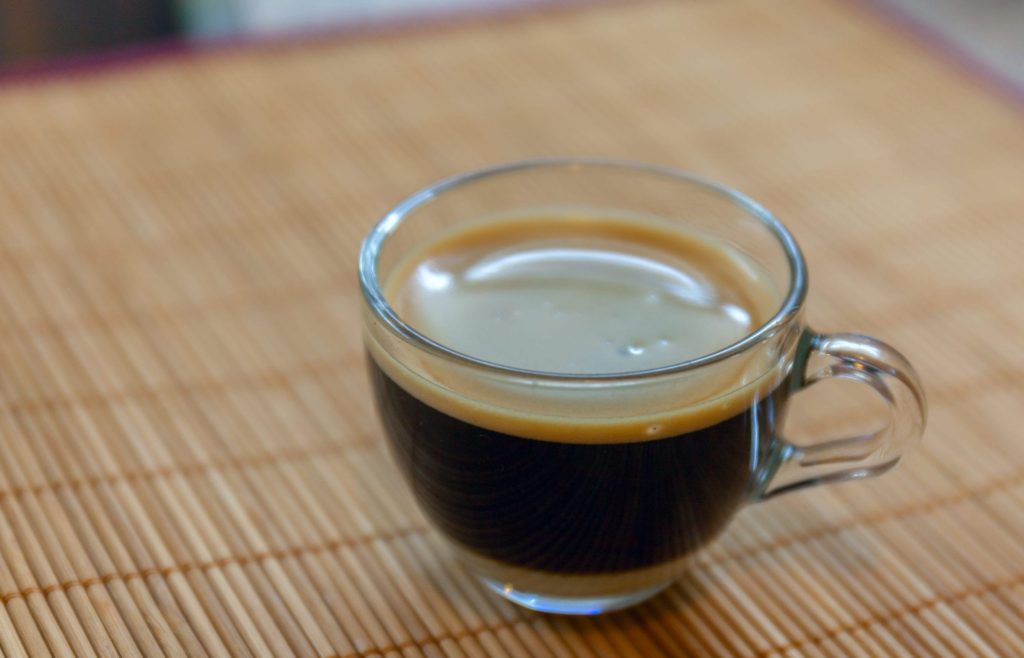
As with most things which have literally any discernible unique qualities, there will be people trying to group, classify, and grade coffee beans. The Arabica coffee scene is highly researched, classified and graded. That makes it really easy for some folks to start declaring varying degrees of coffee expertise, coffee enjoyment, or just plain coffee snobiness. For some people, that’s part of the enjoyment, and like I said, we support coffee freedom. So to those out there who love to write a 10-page essay flavor profile on a cup of Columbian, cheers! Personally, I can’t be bothered. There is too much life to enjoy to get bogged down observing all 27 (totally arbitrary) flavor notes in a cup of coffee. Just decide whether you like it or not and carry on smartly.
Now science is trying to do the same to Robusta coffee. It seems there is a trend towards increased interest in this coffee. Of course, there are a bunch of coffee nerds who don’t understand why. I have to say, I love science and research and nerds but sometimes it can get a bit monotonous. There are some folks trying to “prove” why people might like Robusta coffee when we know they are inferior to all of Arabica’s best qualities. I do hope they find some interesting information, but in the meantime, I’ll stick with my own hypothesis: “Some people just like it that way.” So, next time your drinking a cup of Robusta coffee, you can justify your perceived lack of coffee culture by remembering that your testing a hypothesis. There you go, Science. Now you can go forth on your double-the-caffeine powered duties, loud and proud.
Finally
There is only one catch here, Robusta coffee plants are much more resistant to environmental factors and yield more coffee per year than Arabica plants. Therefore, Robusta coffee beans can be produced at a much cheaper price. This is part of where its bad rep comes in. There are incentives to produce this coffee in the cheapest possible way so the coffee becomes somewhat neglected and a lot of quality control goes out the window. Whole Body Coffee combats this by purchasing Robusta coffee beans from very reputable sources which provide the rest of our high quality coffees. We also treat our Robusta beans with the same meticulous care we treat any of our other beans. We roast our Robusta beans accurately and inspect our product for any defects.
-
 Dealer’s ChoiceFrom: $16.99 every 6 weeks
Dealer’s ChoiceFrom: $16.99 every 6 weeks
If you are looking to try something new, this product may be what you are looking for. For those coffee drinkers out there that lie somewhere in-between, try any of our single origin products with the option “Add Some Body To It.” We’ll blend a small amount of Robusta beans into favorite coffee to impart a bit more body, boldness, and caffeine to your favorite coffee.
[simple-author-box]

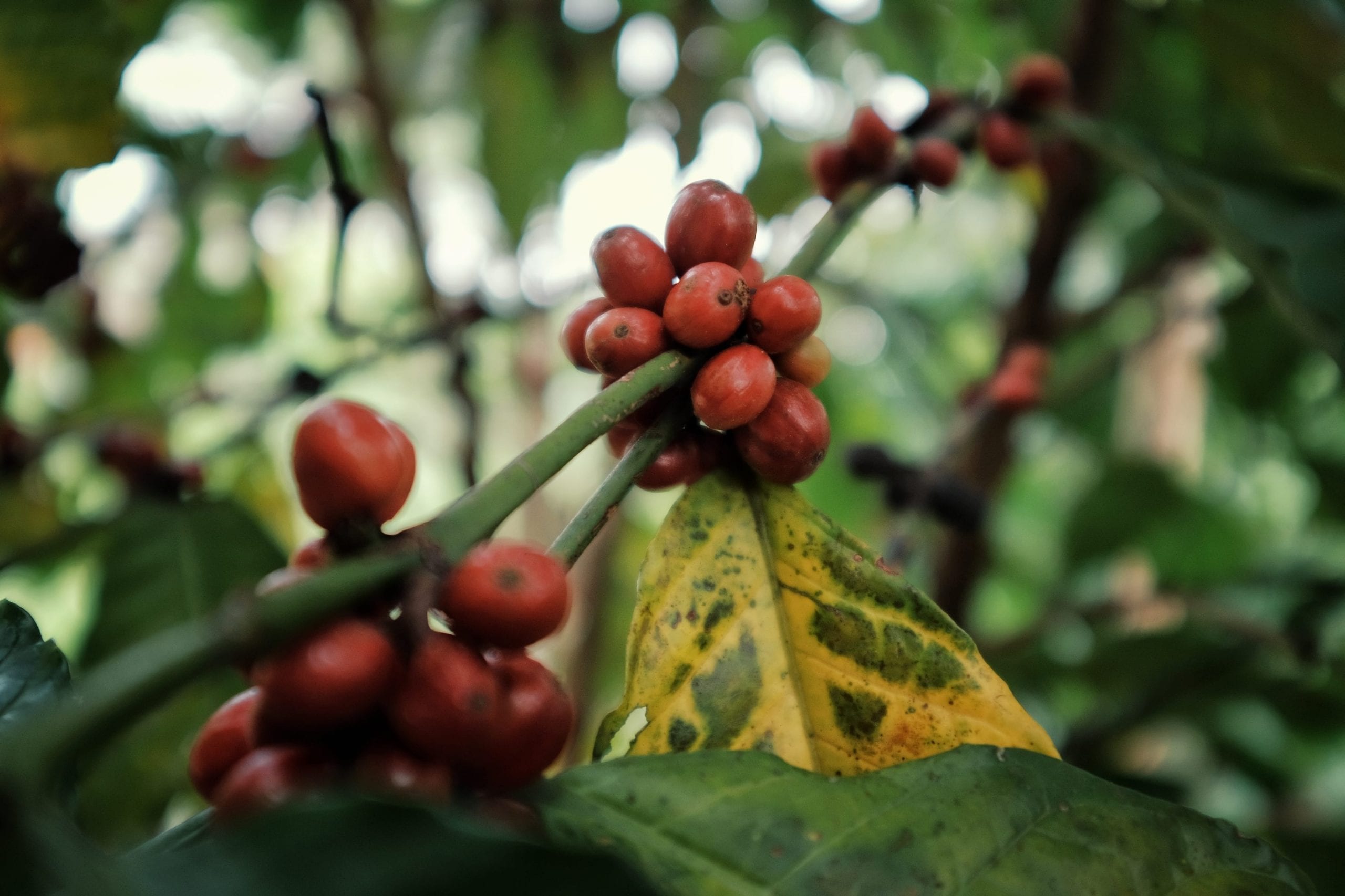


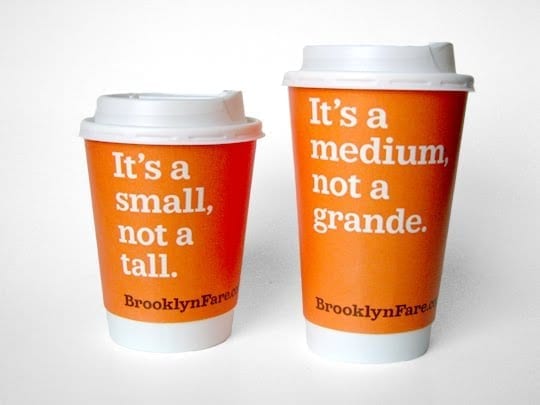
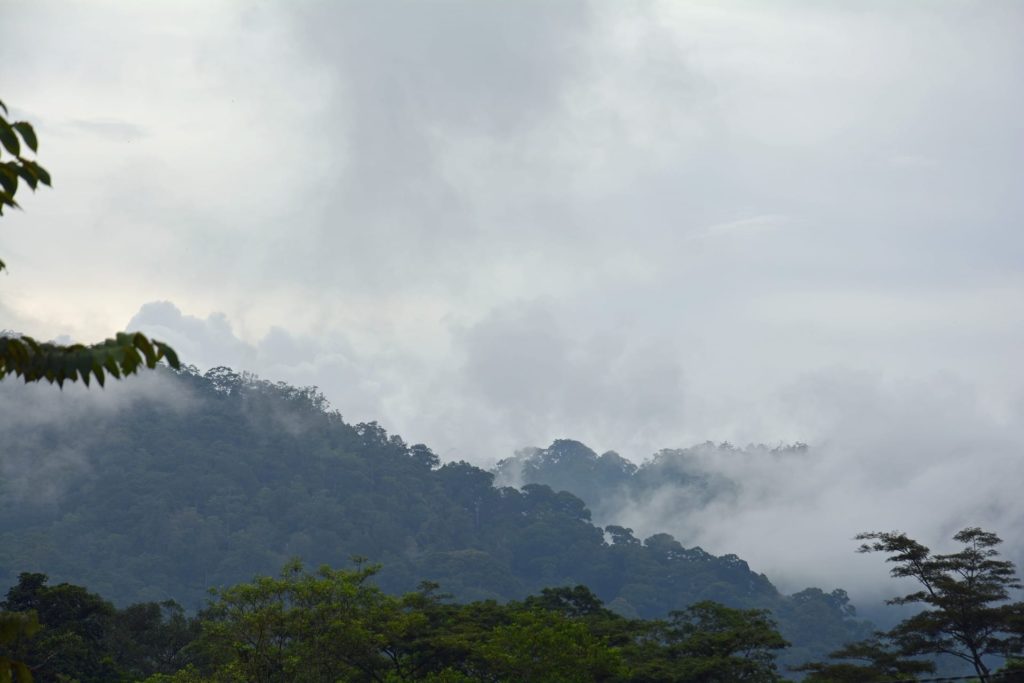

Im so excited to try this!!!! Im thinking of doing an add in first and gradually get to the full robust 😛
Thank you for commenting Selina! Hopefully you learned something from this article and we can’t wait to hear how you like your coffee